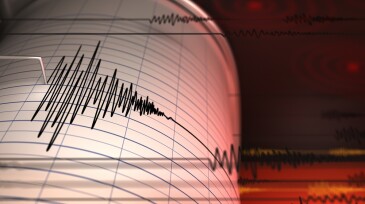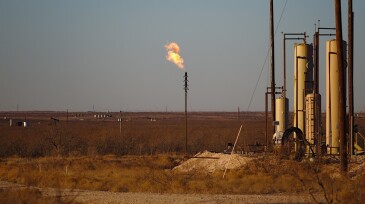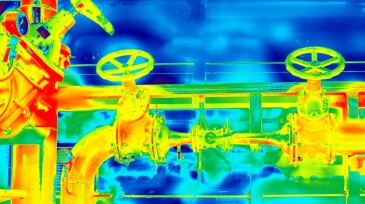Environment
This study presents the development of a biodegradable surfactant developed using principles of environmentally friendly chemistry from natural sources. The goal is to develop an effective and environmentally friendly surfactant that can emulsify and disperse oil to reduce its effects on marine environments.
This study ascertains the capital expenditure and operating expenditure associated with the reuse of existing facilities, specifically regarding a carbon capture and storage project being prepared in South Korea.
GeoMap Europe is the latest in a series of interactive global geothermal maps that combine large subsurface and surface data sets to highlight where geothermal resources and development opportunities are strongest for power, heat, cooling, and storage.
-
This paper proposes two new methods of accelerating the solidification (or mineralization) of CO2 in subsurface conditions, thus accelerating the cycle of the CO2 storage process.
-
The aim of this study is to address and discuss the reservoir engineering aspects of geological hydrogen storage.
-
This paper examines the shortfalls of current CO2 capture and storage measures and their future within the context of increasing global consumption of fossil fuels.
-
A seismic prediction model is developed and presented in a case study to simulate the magnitude and timing of triggered seismic events with the intent to manage and mitigate environmental impacts resulting from induced seismicity during subsurface development activities.
-
Applications are open for the funding, which comes from the Inflation Reduction Act, for projects that help monitor, measure, quantify, and reduce methane emissions.
-
This paper presents efforts to reduce greenhouse-gas emissions and increase energy efficiency through the use of a real-time monitoring tool on exploration and production operated assets.
-
The exercise at Vineyard Wind’s Marine Coordination Center successfully evaluated Vineyard Wind’s ability to activate an incident management team and carry out the procedures in their approved oil spill response plans.
-
The objective of this study is to use expired medications as green corrosion inhibitors that can be used during stimulation treatments. Because the medications are expired and not fit for human consumption, the cost is inherently low.
-
This article explores the implementation of artificial intelligence vision for leak monitoring automation in the oil and gas industry and its role in improving safety standards, operational efficiency, and environmental performance.
-
This paper investigates the use of machine learning to rapidly predict the solutions of a high-fidelity, complex physics model using a simpler physics model.













